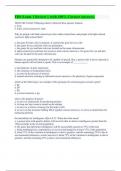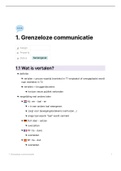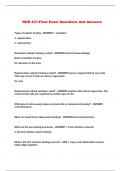Samenvatting
Samenvatting - Advanced money, credit and banking
- Vak
- Instelling
Full summary of all lectures, chapters and articles of the course Advanced money, credit and banking of the master "Financial economics", which is one of the eight master specialisation within the master Economics and Business
[Meer zien]












